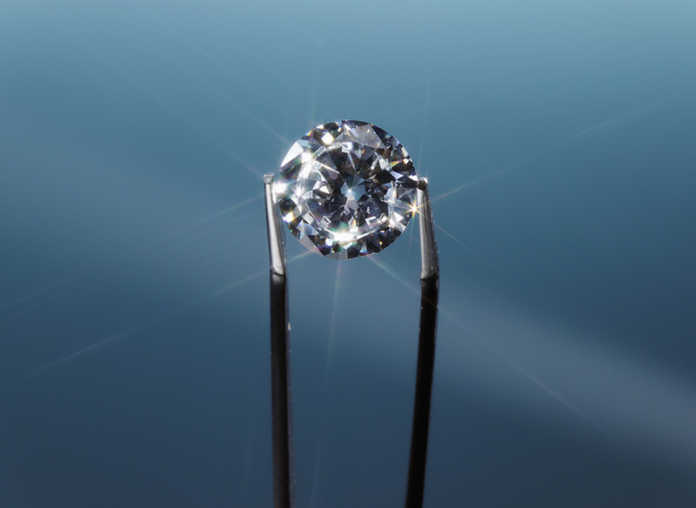
By: Anne Neumann
Last time, we discussed the importance of the item being appraised in the client’s eyes. This time I would like to talk about the appraisal document itself.
An appraisal has many uses. It can provide a value for collateral, a value for settling an estate, a value for the fair disposition of assets amongst beneficiaries, a value for divorce settlement, or a value for replacement through insurance in the event of loss. The latter is the most often seen, but in each case, the value conclusion is based on a full and careful description, and an accurate estimate based on current market conditions.
A properly written appraisal contains a complete analysis of the item. This description of the nature of the piece; construction, content, weight etc., can then be used to calculate values that can be used for many purposes, some of which are mentioned above. The thing to remember is that when items are being appraised and a value conclusion has been reached, the document must state the reason or purpose for this appraisal. Is it for probate, for cash sale, for collateral, for fair market value, or for insurance replacement? Confusion of purpose can cause a great deal of trouble, both for the appraiser and the client.
Now, let’s talk about an insurance replacement appraisal. When preparing an appraisal for insurance it is important to remember that in the event of loss this document may be used by a third-party replacer to “make the owner whole” as they say in the US. That cannot be achieved without the original appraiser providing detail, detail and more detail. It is also, and perhaps most important to remember, for insurance only. The appraisal for insurance is simply that—not a selling tool or proof of extraordinary “value” over and above the selling price. Using an inflated value calculation can cost the customer greatly when such a document is used for insurance as that value determines the premium that the customer will pay for coverage.
I cannot remember how many times a client has said, “but that’s what I paid for it”. When that happens, I feel a rush of pride for getting the value right. What I have calculated is exactly what it would take to get another one. The client, however, is not always so happy about it as he or she has been assured by the jeweller that the actual purchase price was significantly less than replacement, and here is a document by an appraiser that “proves” it. Usually, these “appraisals” are light on detail and heavy on price estimation. An appraiser should make every effort not to get caught in the middle of that sort of transaction. I cannot think of another business where a third-party document is used to support a sale. Can you imagine buying a car for $35,000.00 and being told that it is really worth $80,000.00 and here is a piece of paper that proves it? Such an automobile seller would be laughed right out of business.
As a professional, it is important that you tell your customer that the insurance appraisal must be updated every 5 years or so for appropriate coverage and that the price does not always go up. Variables such as exchange rate, precious metal and gemstone markets, and even the economy in general all can and do have a powerful effect on calculated replacement values; pressures which in most cases cannot be predicted.
In the early 1980’s gold and diamonds reached historically high values that slid back to much lower levels as the decade proceeded. The jewellery customer who made a purchase in 1981 saw the appraised value of his item decrease greatly by 1990. You as an appraiser cannot account for that. You can only calculate value on current replacement and current economic reality.
















